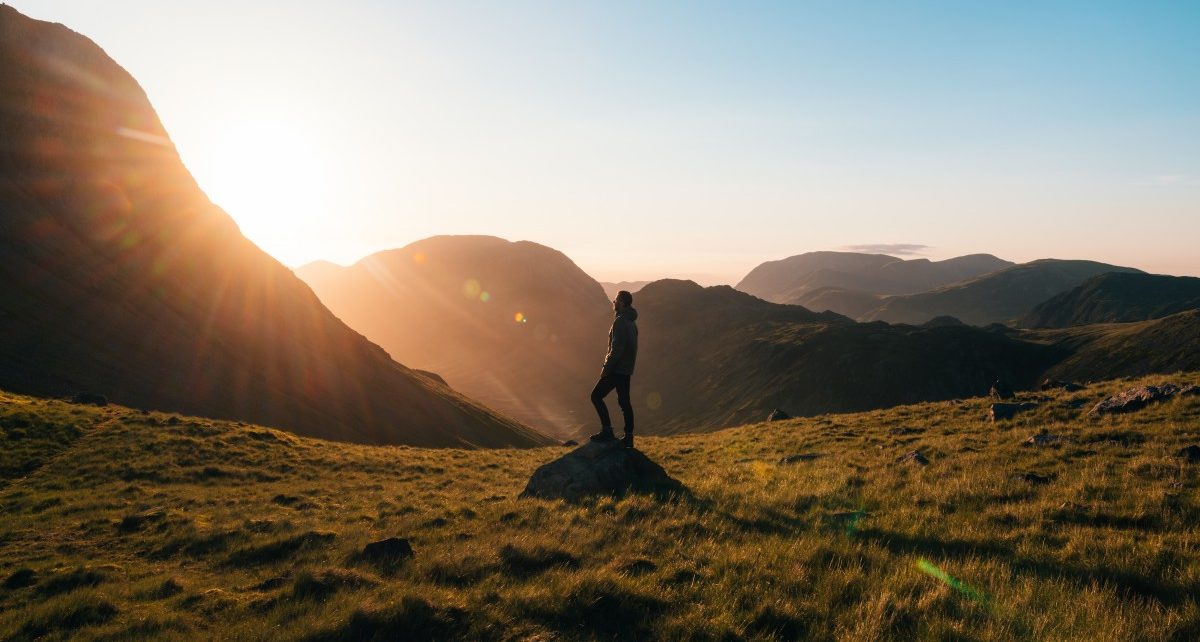By Ayan Das
When it comes to travel and hospitality marketing, search has become the digital workhorse. This is the Power of Search. Newer channels may get more buzz, but its search that continues to most consistently deliver audiences, engagement and bookings. Some 48 per cent of all US travellers say they begin trip planning with a search engine and 57 per cent of travellers aging 18–34 years go to general search engine to check accommodation prices. Around 36 per cent of consumers overall recall viewing a travel advertisement on a search engine and 50 per cent of consumers ages between 18–34 recall viewing a travel advertisement on a search engine.
As the rise of labour costs continue to be a critical issue in the industry today, technology is given major preference, help directly ease labour cost pressures like using AI to replace jobs that are hard to fill, tech solutions to help eliminate excess expenses.
One of the smartest activities of Mark Zuckerberg is buying Instagram. This Facebook-owned social network has been experiencing tremendous growth over the past few years and now has more than 1 billion active monthly users. A survey of UK travellers found that 40 per cent of respondents under 33 prioritize “Instagrammability” when choosing their next holiday spot and US consumers rank Instagram as among the most influential platforms for travel advertising. Instagram is a perfect fit for travel and hospitality marketing as it’s an ideal showcase for visual content, is prized by younger travellers, has highly effective advertising capabilities, and is where influencers can wield the most weight.
Travel and hospitality has always been an especially good vertical for visual content. What’s changed in recent years is that images and videos have become more central to digital pla


